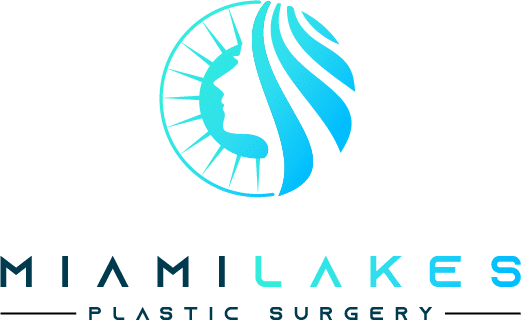Rhinoplasty Miami
Welcome to our Rhinoplasty Miami service! Are you considering a nose reshaping procedure? Our team of expert surgeons is here to provide you with the best possible results. Whether you’re looking to improve your aesthetic appearance or have health concerns related to your nose, our state-of-the-art facility and skilled surgeons are equipped to meet your needs.
Learn more about this transformative procedure and take the first step toward the nose you’ve always wanted, right here in Miami.
Book A Free Consultation

What Is Rhinoplasty?
Rhinoplasty is a surgical procedure that changes the shape of the nose. It is also commonly referred to as a “nose job.” The procedure involves removing bone or cartilage from the nose to alter its shape. Rhinoplasty is one of the most common types of cosmetic surgery and is often done to improve the appearance of the nose or to correct defects or breathing problems. Some people may also opt for this surgery after an injury.
A septorhinoplasty is a variation of the procedure that focuses on the inside of the nose, specifically the nasal septum. This type of surgery may also be combined with other procedures such as turbinate surgery or endoscopic sinus surgery.
How Common Is Rhinoplasty?
Rhinoplasty is one of the most common surgical procedures in the world of cosmetic surgery. It’s so common that surgeons around the world have developed various techniques for non-invasive nose jobs and offer special deals for anyone opting for them.
Approximately 350,000 rhinoplasties are done each year, and that’s in the US alone. The most common patients are women and people assigned female at birth.
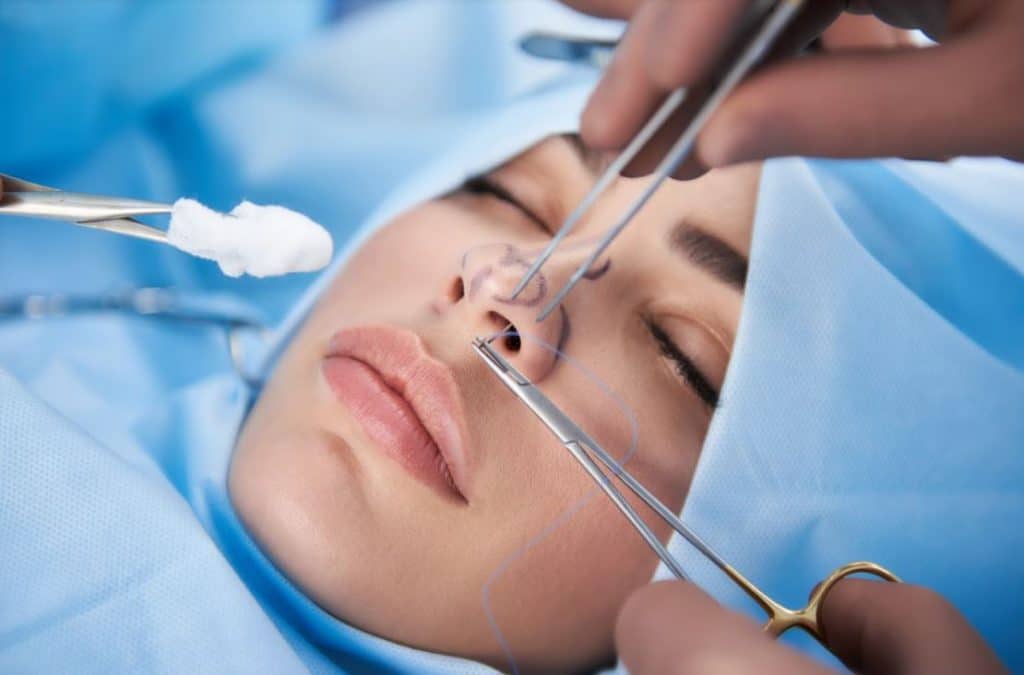
Understanding the Rhinoplasty Procedure
The rhinoplasty procedure takes care of obstructed airways in the nose. If you have a deformity or have suffered a traumatic injury to the nose, rhinoplasty is there to correct this issue and make it possible for you to breathe normally again.
But you don’t have to have obstructed airways in the nose to get a nose job. People often dislike the appearance of their noses and want to make appropriate adjustments. They entrust themselves to surgeons that can change their nose shape according to their wishes.
If you’re unhappy with your nose shape, it’s OK to ask for a surgical correction.
What Happens During the Rhinoplasty Procedure?
The procedure itself isn’t complicated; considering how frequently people ask for it, it’s become commonplace. Your surgeon administers a local or general anesthetic, depending on the agreement between you.
While you’re under, the surgeon makes an incision in the nose to reach the bone and cartilage underneath. At this point, they’ll be using one of the two existing approaches – open or closed rhinoplasty. With open rhinoplasty, the surgeon will make an incision at the base of your nose; with closed, the incision will be inside of the nostrils.
Depending on the procedure type and your nose’s anatomy, the surgeon can add, remove, and rearrange the bone and cartilage. This is normal, and the removal and addition of these things are part of the procedure. Additionally, your surgeon can use specific suture techniques to change the shape of the cartilage.
The surgery itself takes between one and three hours. It’s usually an outpatient procedure, meaning you’ll be released from the hospital on the day of the surgery. You might be held up for a day if the doctor notices a strong reaction to the anesthetic or similar, non-life-threatening complications.
Overall, the procedure is standard and doesn’t pose a massive challenge for cosmetic surgeons. Your Miami surgeon will explain the process fully and answer any questions.
Various Surgical Techniques in Rhinoplasty
There are two different approaches to surgical rhinoplasty. The surgeon always explains the benefits and disadvantages of both to their patient and recommends a better course of action for them.
You can also learn more about the surgical nose job approaches beforehand and ask your surgeon in advance for advice on which one to get. These approaches are open and closed rhinoplasty – here are their descriptions.
The open rhinoplasty procedure is the more demanding of the two. This is primarily because it reshapes the nose in a major way; the surgeon separates the nose skin from the bone and cartilage, making it possible for them to see the nose’s anatomy and structure completely.
This procedure is non-invasive and has permanent effects. That is because the nose is operated on fully; the lasting effects are solidified with adequate rest, meaning you need to follow the doctor’s instructions when it comes to the recovery period.
This procedure includes minor nose reshaping, in which the surgeon makes small incisions within the nose, separating the skin from the bone and cartilage and reshaping them to the desired shape.
The minor incisions made in this procedure provide a much easier and gentler recovery process than open rhinoplasty. There’s typically less swelling and scarring, and intensive recovery lasts for about a week. This procedure is for people who want fewer stitches and scarring around their noses.
Additional Types of Rhinoplasty
Besides open and closed rhinoplasty surgeries, other types can also be non-surgical. Most include some sort of restorative work on the nose and are there to fix the functions of the nose itself.
Additional types of nose jobs include:
- Functional rhinoplasty: Done on patients that need severe reconstruction surgery done on their nose. People with traumatic injuries to the nose, cancer survivors, and treatment patients can opt for this type of rhinoplasty,
- Non-surgical: Another name for this type of procedure is filler rhinoplasty. This type of nose job doesn’t involve any cutting or bone removal; the surgeon only adds dermal fillers to the area that needs to be filled out. Dermal fillers also correct irregularities on the nose,
- Secondary rhinoplasty: This procedure is typically done to correct the issues that occur with the first nose job. The revision of problems can range from minor to complex, but considering it’s an operation of an already existing nose job, it’s often complicated.
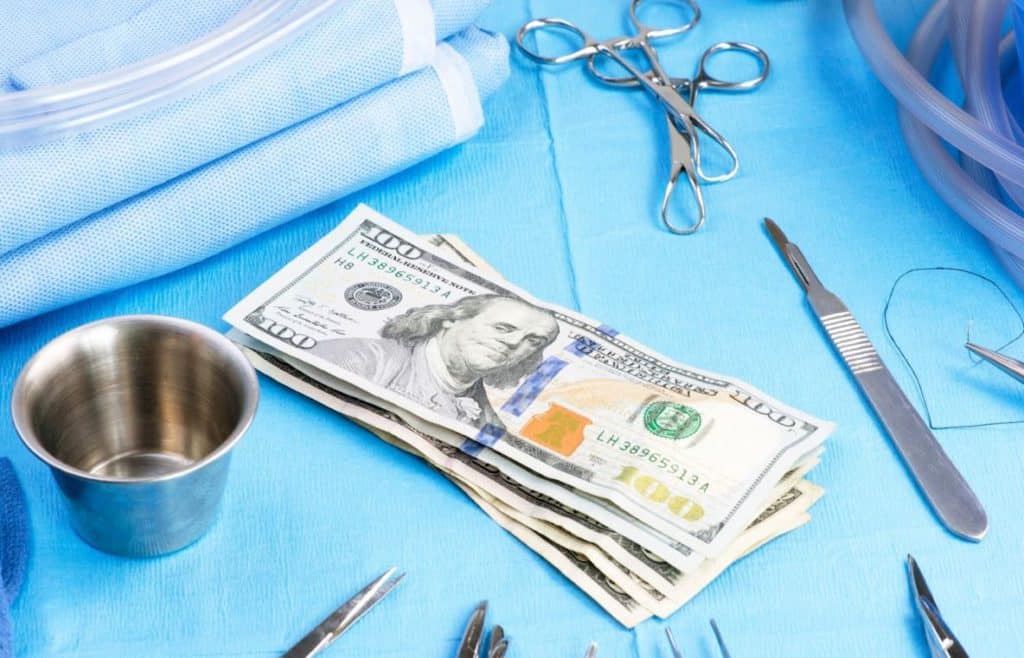
How Much Does the Rhinoplasty in Miami Cost?
The cost of a rhinoplasty procedure can vary greatly, the average cost for open and closed rhinoplasty is between $3,000 and $6,000. This does not include the cost of hospital fees, outpatient care, and the surgeon’s fee, which could bring the total cost to as much as $10,000. The cost of the procedure can vary depending on the hospital and surgeon, so it is important to compare prices and find the best option for you.
Keep in mind that cosmetic surgery is not typically covered by health insurance, but you can apply for a medical loan to help pay for the procedure.
How to Finance a Rhinoplasty
Miami Lakes Cosmetics offers very convenient payment terms. If you’re interested in this surgery but can’t currently pay for the whole amount at once, you can apply for credit payment options on our website. Submit an online application and check if you’re eligible for this credit by providing us with some essential information.
APPLY FOR FINANCING

How to Prepare for Rhinoplasty
When you and your surgeon decide on the type of procedure, time, and date, you’ll have to take some precautions and prepare for the upcoming surgery. This is simply to be completely prepared and ensure you’re in good condition for the procedure.
You’ll probably need to take some of the following steps:
- Avoid drinking alcohol and taking blood thinning medication,
- Don’t strain yourself too much the week before,
- Arrange for someone to drive you home after the surgery,
- Get help from family and friends around the home for the first few days post-op.
What to Bring to the Surgeon
When you get to the surgeon, you’ll be asked about the kind of shape you want your nose to be. That means you can bring a photograph with you and discuss the possibility of getting that result.
You’ll also need to bring a list of current medications you’re taking, including supplements and dosages for both. This is how the doctor will determine the type of rhinoplasty that’s best for you.
What Should You Expect During the Recovery Process?
Recovery from a nose surgery, also known as rhinoplasty, typically involves a few key steps and some temporary side effects. Here’s what you can expect during the process:
Right after the surgery, you will likely have a metal or plastic splint on your nose to help it retain its new shape during healing. Some patients may also have nasal packs or splints inside their nose to stabilize the septum (the part of the nose between the nostrils).
You will be able to go home on the day of the surgery, but make sure to arrange for someone to drive you home since the effects of anesthesia can last for several hours or even a full day.
It is normal to experience pain, swelling, and congestion in the days and weeks following the surgery. You may also have to wear cotton or absorbable stitches in your nose.
If you don’t have absorbable stitches, you will need to see your doctor about a week after the surgery to have them removed and get further care instructions from the surgeon. During this time, you may experience bleeding and drainage.
To help manage these symptoms, your doctor may give you a drip pad, which is a piece of gauze taped just below your nose. Be sure to change it according to the doctor’s instructions for a faster and less painful recovery overall.
What to Avoid During Rhinoplasty Recovery
It’s important to avoid strenuous exercise and activities that can challenge your recovery. For most patients, doctors will recommend avoiding the following:
- Running,
- Cardio exercise,
- Swimming,
- Excessive chewing,
- Blowing your nose,
- Strenuous facial expressions (laughing, smiling),
- Pulling clothes over your head,
- Vigorous tooth brushing,
- Resting glasses on your nose.
When Will the Results Be Visible?
Recovery from rhinoplasty, or a nose surgery, can vary depending on the type of procedure you have. Here’s what you can expect when it comes to seeing results:
Depending on the type of surgery, recovery can take anywhere from a few weeks to a few months. Some parts of your nose, such as the tip, may remain swollen or numb for several months.
It’s important to keep in mind that recovery takes time and shortcuts should be avoided. Taking supplements or using other methods to speed up recovery can interfere with the effectiveness of prescribed medications.
As with any cosmetic surgery, patience is key. Your doctor has made changes to a small, sensitive area of your face, and it needs time to heal properly.
In general, you can expect to see visible results within three months of surgery, with full healing taking place within a year. It’s important to follow your surgeon’s instructions for the best recovery possible.
It is important to note that, the final results of the surgery may not be visible for up to a year after the procedure and the healing process will vary for every person. It is important to have realistic expectations and communicate with your surgeon throughout the healing process.
Should You Expect Swelling After the Procedure?
Swelling is the body’s normal response to changes. Whenever an injury occurs, the part of the body that got hurt gets swollen. Similarly, the body sees a heavy change in bones and cartilage as an injury and takes a bit longer to heal.
Expect swelling a day after the surgery and for it to persist within the few following weeks. Painkillers can often reduce symptoms and swelling, so you can always use them to make your recovery more bearable.
The timeline for swelling looks something like this: around four to six weeks post-op, the nose will be swollen nearly the entire time. It’ll look slightly bigger than usual and might be accompanied by discoloration or bruising.
About three months post-op, about 90% of the swelling will go away, and one year in, there could still be some minor swelling around the nose, but nothing too much. Essentially, when the swelling entirely disappears, you’ll be able to see accurate results.
What Are the Risks and Advantages of Rhinoplasty?
Most cosmetic surgeries pose some risks, but they often have lots of benefits, too. Risks are rarely permanent and incurable; most of the time, they can be taken care of with medication and care.
The risks of a nose job include:
- Breathing difficulties
- Scars
- Asymmetry in the shape of the nose
- Numbness in the nose and tip
- Nosebleeds
- A hole in the nasal septum
- Poor wound healing
- Pain
- Discoloration
- Alteration of sense of smell
- The need for revision surgery
People can get another rhinoplasty to take care of the mistakes of the first one. However, this can only be done after at least a year has passed between the two procedures. Consult your doctor about the health risks of a secondary rhinoplasty.
The advantages of a nose job are:
- Changing the size and shape of your nose to your desired appearance
- Improving your facial structure and overall appearance
- Correcting abnormalities or issues with breathing
- Improving breathing overall
It is important to have realistic expectations and to communicate with your surgeon throughout the process to make sure you achieve the desired results with minimal risks.
Consult Your Miami Surgeon Before the Procedure
For exquisite rhinoplasty results that won’t make you wish for a secondary procedure, contact our surgeons at Miami Lakes Cosmetics. The doctors in our office are professionals with long-lasting careers and numerous testimonials of their work.
For a successful Miami nose job, contact us via our website, where you can book a free consultation by filling out a form. You can also give our office a call, Monday through Saturday, 9 AM to 7 PM, or knock at our door during working hours.
Miami Lakes Cosmetics provides you with the path to your true inner beauty. Don’t miss out!
BE INSPIRED !
62K Followers
Frequently asked questions
If your rhinoplasty’s done right, it’ll last you a lifetime. Many cosmetic procedures require refreshing after several years, but a well-done nose job shouldn’t. That’s why comparing prices and looking at reviews is crucial when choosing a cosmetic surgeon.
The nose is the most prominent part of your face, no matter how big or small; do you want this part to be nicer than before after the procedure? Of course, your answer is yes. That’s the reason and motivation for picking a reliable doctor that gives you good results.
Considering how one year into the nose job is still fresh and could give you some swelling and pain, counting years from your rhinoplasty will make the nose look and feel better. The swelling will be completely gone, and you’ll be able to enjoy the view of your new and improved face.
Although some people undergo rhinoplasty due to obstructed breathing, even they feel happy when looking in the mirror. A good nose job can also increase your self-esteem and confidence over the years, so expect things to improve as you go along.
A nose job itself isn’t an inherently painful procedure. This cosmetic surgery is performed under local or general anesthesia, so you don’t experience any pain during it. Most of the time, surgeons recommend a general anesthetic so you can relax while getting work done.
The real pain you’ll experience after getting rhinoplasty is in the post-op recovery phase. This will happen when the anesthesia starts to subside and its effects are long gone. Pain is normal and usually accompanied by swelling – this is just the body’s way of responding to bodily changes.
Nose jobs don’t fail very often. Statistics claim that 5% to 10% of all rhinoplasties fail. Although a failure percentage exists and is thus a reason to worry, most nose jobs don’t work because of a botched healing process.
Perhaps the doctor didn’t prescribe enough rest and medication, or the patient doesn’t want or have the luxury of resting. Most commonly, though, the cause of a failed nose job would be the procedure itself. It could be easily botched.
That’s why consulting multiple doctors is crucial for a successful nose job.
To check the doctor’s authenticity and professionalism, you can ask them questions before undergoing an operation. For example, you could ask some (or all) of the following questions:
- “Do you have a portfolio of your work?”
- “When was the last time you did a rhinoplasty, and what kind was it?”
- “Are you board-certified for this procedure?”
- “What kind of rhinoplasty are you most skilled in?”
You are free to ask your doctor questions. Their honesty and transparency should help you decide. Most importantly, your gut feeling is the deciding factor. If you feel comfortable talking to the doctor and entrusting them with your face, the choice should be easy.
- Rohrich R. J., Ahmad J. (2011, August). Rhinoplasty. Plast Reconstr Surg.,128(2), 49e-73e
ncbi.nlm.nih.gov/pubmed/21788798 - Mayo Clinic Staff. (2016, February 17). Rhinoplasty
mayoclinic.org/tests-procedures/rhinoplasty/home/ovc-20179200

What To Wear After a Tummy Tuck
Introduction to What To Wear After a Tummy Tuck After a tummy tuck, what you wear isn’t just about fashion – it’s a big part

Mommy makeover vs tummy tuck
When considering aesthetic procedures to address the changes that occur in the body after pregnancy, two common options are a mommy makeover vs tummy tuck.

Tummy tuck mommy makeover Beverly Hills
Beverly Hills, renowned for its reputation as a hub of aesthetic excellence, offers a range of options for individuals seeking transformative body contouring procedures such
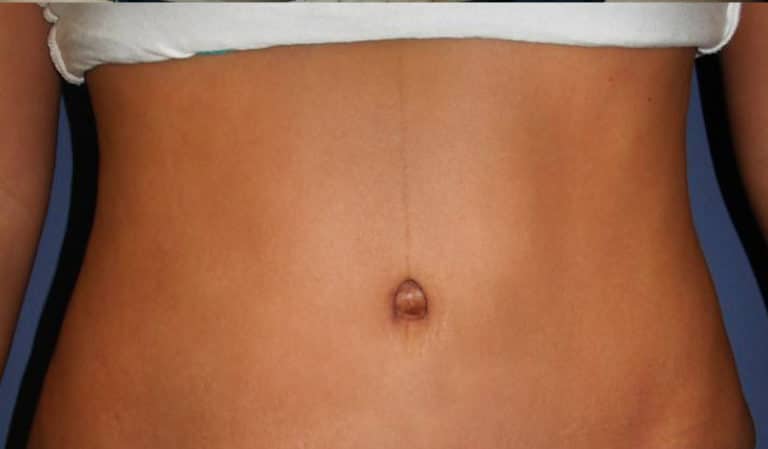
Belly Button Hernia After Tummy Tuck
Many women have benefited from tummy tuck surgery. It is an advanced procedure that tightens your abdominal muscles by removing excess fat and skin. The
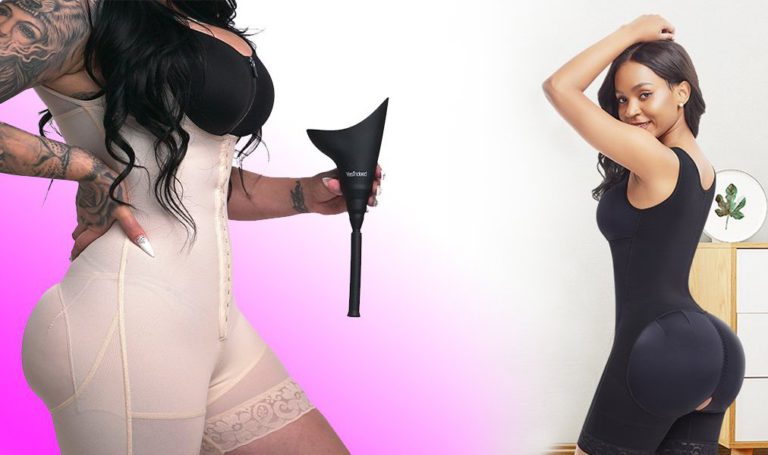
BBL and Tummy Tuck Supply List
Many women want to improve their body shape after pregnancy, childbirth, and breastfeeding. A highly advanced procedure known as mommy makeover helps women achieve their
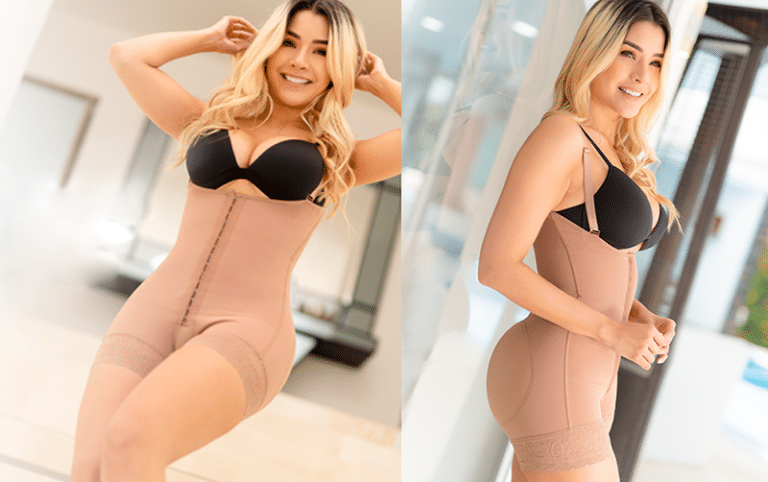
Best Faja for Tummy Tuck and BBL
Are you looking to achieve a stable body weight with reduced fat in the abdominal region? If yes, you can undergo Liposuction Miami, a highly
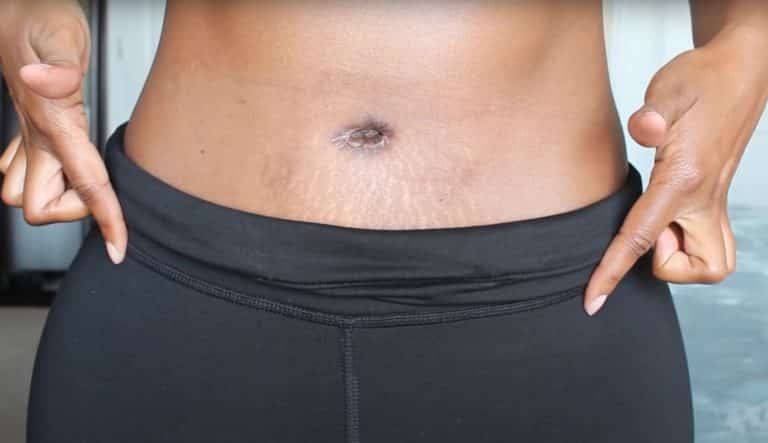
Tummy Tuck Belly Button Looks Weird
Tummy Tuck in Miami is advanced surgery that removes loose skin, tightens the muscles, and eliminates fat from the abdominal area. As a result, your
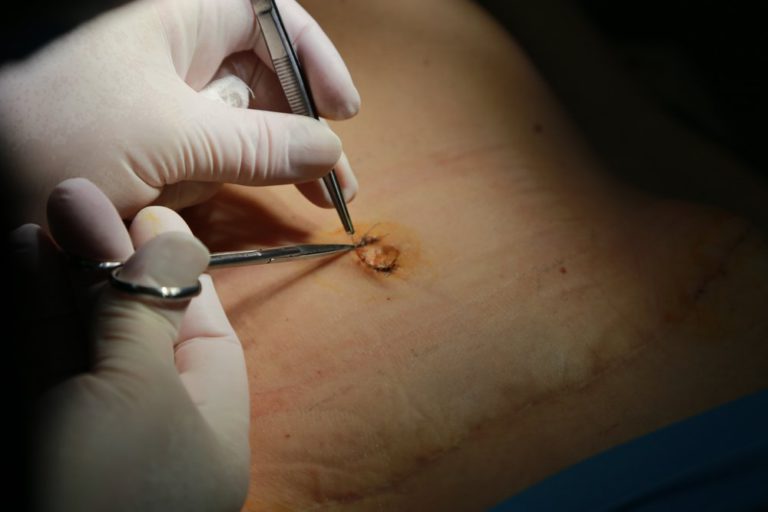
All About Belly Button After Tummy Tuck
Cosmetic surgery procedures are an excellent way to achieve your aesthetic goals. Tummy Tuck in Miami, also known as Abdominoplasty, is a surgical procedure performed
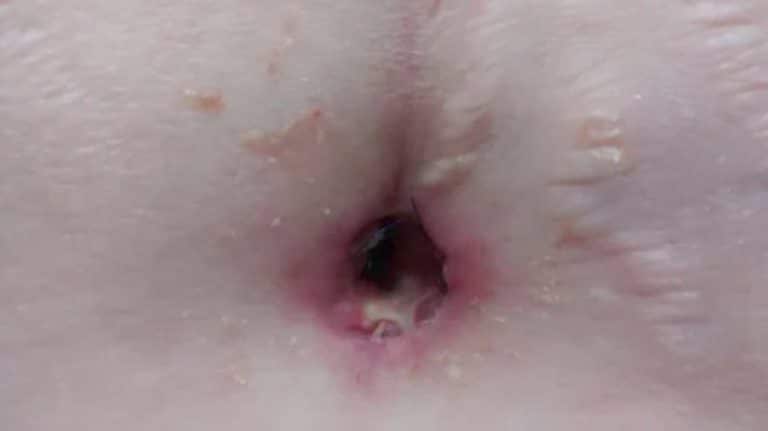
Infected Belly Button After Tummy Tuck
Abdominoplasty, commonly known as the tummy tuck, is a cosmetic procedure that tightens the abdominal muscles by removing loose skin and excess fat deposits. The
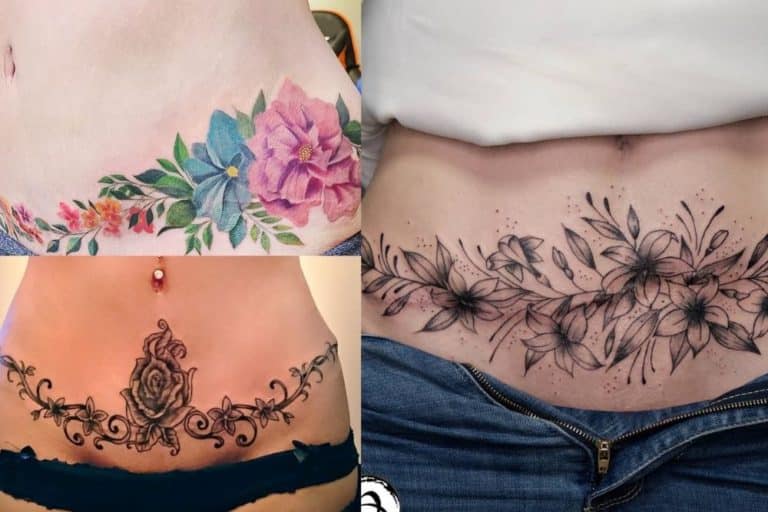
Tummy Tuck Tattoo Ideas
A tummy tuck can vastly improve the look of your abdominal area and give you the confidence to wear a bikini, low-cut jeans, and more. If
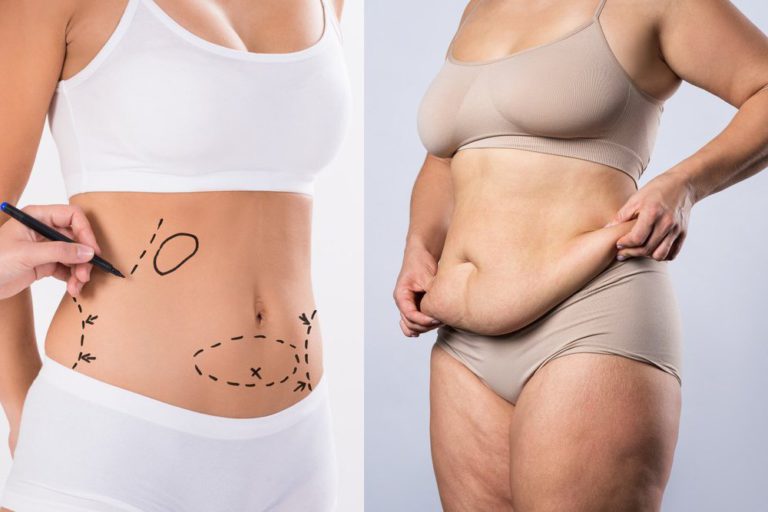
Liposuction vs Tummy Tuck
Liposuction or Tummy Tuck? Which Option Is Better? A tummy tuck and liposuction are different surgical procedures that target the midsection. Both are similar in
Meet Your Plastic Surgeon
Call Us, Write Us, or Knock on Our Door
Contact Us
Getting in touch with us is easy. Leave us your information and we will contact you as soon as possible. You can call us with any questions or inquiries (786) 347-9140
.
- Monday - Friday: 9AM - 6PM
- Saturday - Sunday: Closed
